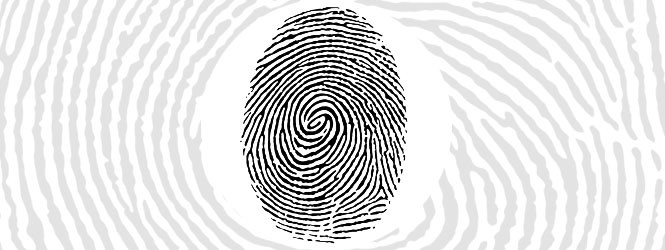
Many years ago, we ran an advertisement that people talked about for years. No one on our current staff would remember it—and some of them weren't even born—but perhaps there is a reader or three out there that just might. The only way I can think to date it now, is that it ran in this paper before we moved our office from Midvale to downtown Salt Lake City. We were called the Private Eye at the time and published every two weeks. Our office was inside a former bar on Midvale's Historic Main Street—one desk, a homemade layout table, a beat up couch, no hangings on the walls, and nothing else inside the long building except the smell of cigarettes, spilled beer and urine.
Our rent was $100 a month. We had it made.
One day, a young lady named Chrissie Klapakis walked in and said she was doing marketing for a guy named Terry Nish who was importing a new beverage, Mainstay Vodka, to Utah. She'd seen our paper around town, wasn't disgusted by it, and wanted to buy some ads. She asked who to talk to. I served as publisher, editor, distribution driver, salesperson and production manager, so that person was me. I took her ideas, got some art rounded up and made a spec ad for her. I thought it was a beaut.
Terry thought otherwise. Next thing I know, he's at the office basically letting me know I was clueless. Terry had a knack for not only sizing people up—he did not suffer fools—and he matched that ability with the willingness to speak his mind. He was a pretty intimidating guy. He had me start over. Then do it again and again. As he was one of the few people in town willing to spend a buck with us, I didn't quarrel and did all I could to get it right.
Eventually, the ad met his expectations—no easy task in the days when newspaper layouts were done without computers, when cut-and-paste actually required a knife for the cutting and hot wax for the pasting. We ran the ad. Then another. And another, only bigger. Pretty soon, he was buying the entire back page. The ad got everyone's attention.
As a liquor importer and distributor in Utah, Terry faced more than his share of barriers at every bureaucratic state level. One of those frustrations was how small his return was for every bottle of Mainstay sold. He wanted to tell the state and its Department of Alcoholic Beverage Control to bugger off. He explained how it all worked out great for everyone but him despite taking all the risk. He was especially ticked at how much tax he had to pay on his product. I gave him an idea he liked and we went to work.
I built a rudimentary martini glass with my trusty X-acto knife and some one-point black tape. It was basically a triangle turned upside down with a line coming down. That led to a smaller triangle facing right side up. It was a really crappy martini glass. I then got some grayscale screen and cut that in to make it look like there was something in the glass. I took the 2D glassware to the copier and made enough copies to account for the number of ounces in a fifth-sized bottle of Mainstay—25 crappy looking martini glasses. I pasted them onto a layout board with the glasses forming a graph and telling the story.
I don't remember the story exactly, but it went something like this: The first two ounces poured paid for manufacturing the vodka. Another three paid for the bottle, the labels and packaging; four more martinis paid for the shipping from South Africa; and two paid for storage. So, less than half the ounces in an entire bottle paid for the product and getting it here. Another martini paid sundry fees and licenses. That's when the real drunks and racketeers took their swigs. More than 12 martini glasses represented what Terry paid in state and federal taxes. When all was said and done, he had barely more than an ounce comprising his "profit"—but that was before he paid his own local sales staff or other employees like Klapakis.
It wasn't a pretty ad, but it was effective. It was easy to see how much money the state was making off entrepreneurs like Terry on the entire liquor chain. Did Utah change and say sorry? No, but club owners and drinkers took notice and a decade of taking a saber to the controllers of the local liquor industry began. Utah was strong-arming the liquor industry no less than Al Capone did in Chicago. So long as the state got a cut, it let you live. That's not how Terry lived, though. He was a real deal, no-bullshit man's man. He wanted to put a sharp stick in Utah's eye, and he did for years.
When I learned the other night that he'd died, the first thing I thought of was how he never took any guff. He taught me more with that ad about "standing up to the man" than most journalists I ever met. He was fearless. He was a land speed world-record-holding, death defying driver—making him equally calculating and meticulous. Terry changed the stars of this newspaper. He was a connector and in the prehistoric days of branding, produced Private Eye logo-emblazoned shot glasses and Frisbee discs for us. He also built our first newsracks—200 of them to be exact—at cost. They were bright, flaming red before the city cared to force us to paint them black. Terry also helped pave the way for what is now a burgeoning Utah liquor distilling industry. He changed those stars, too. We were good friends.
Send feedback to comments@cityweekly.net